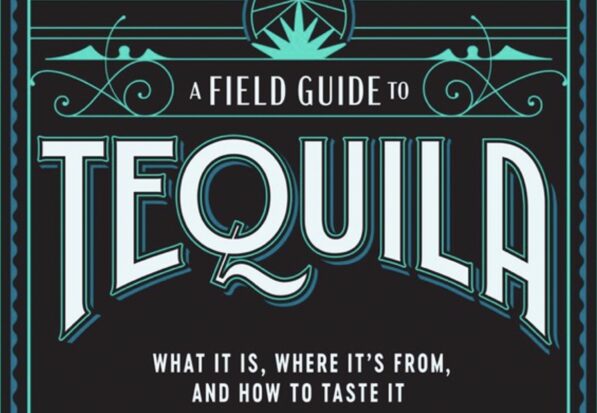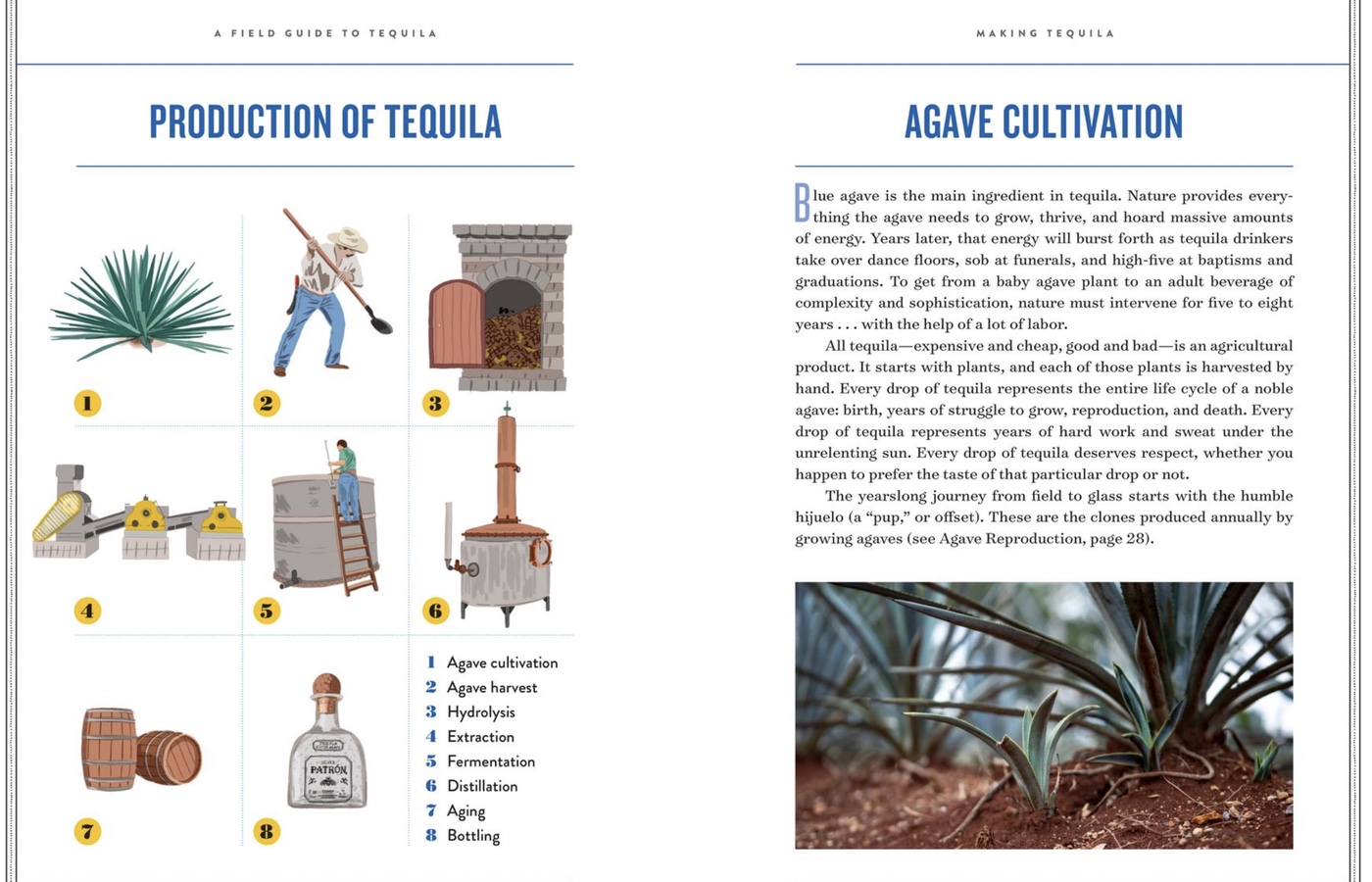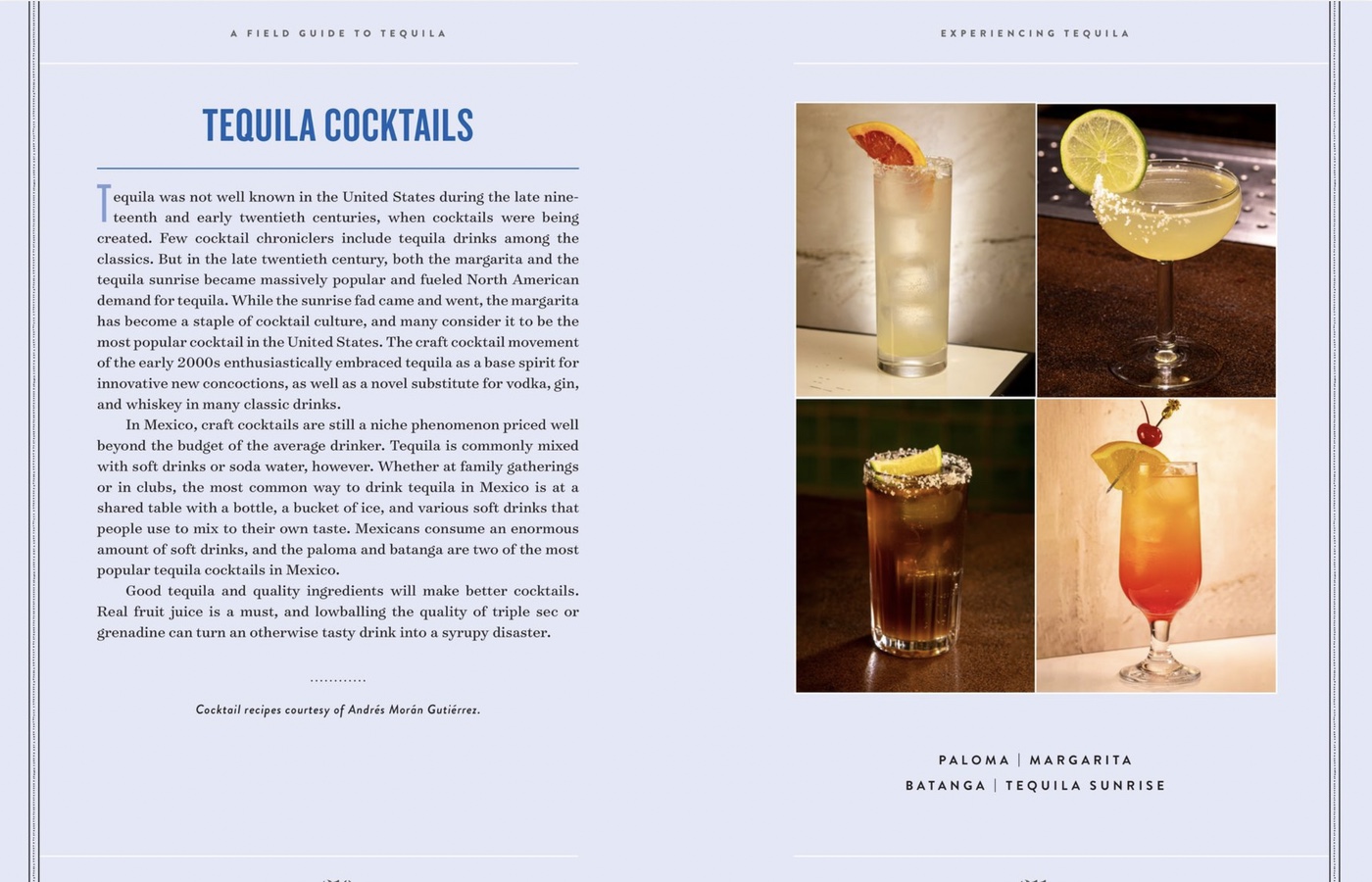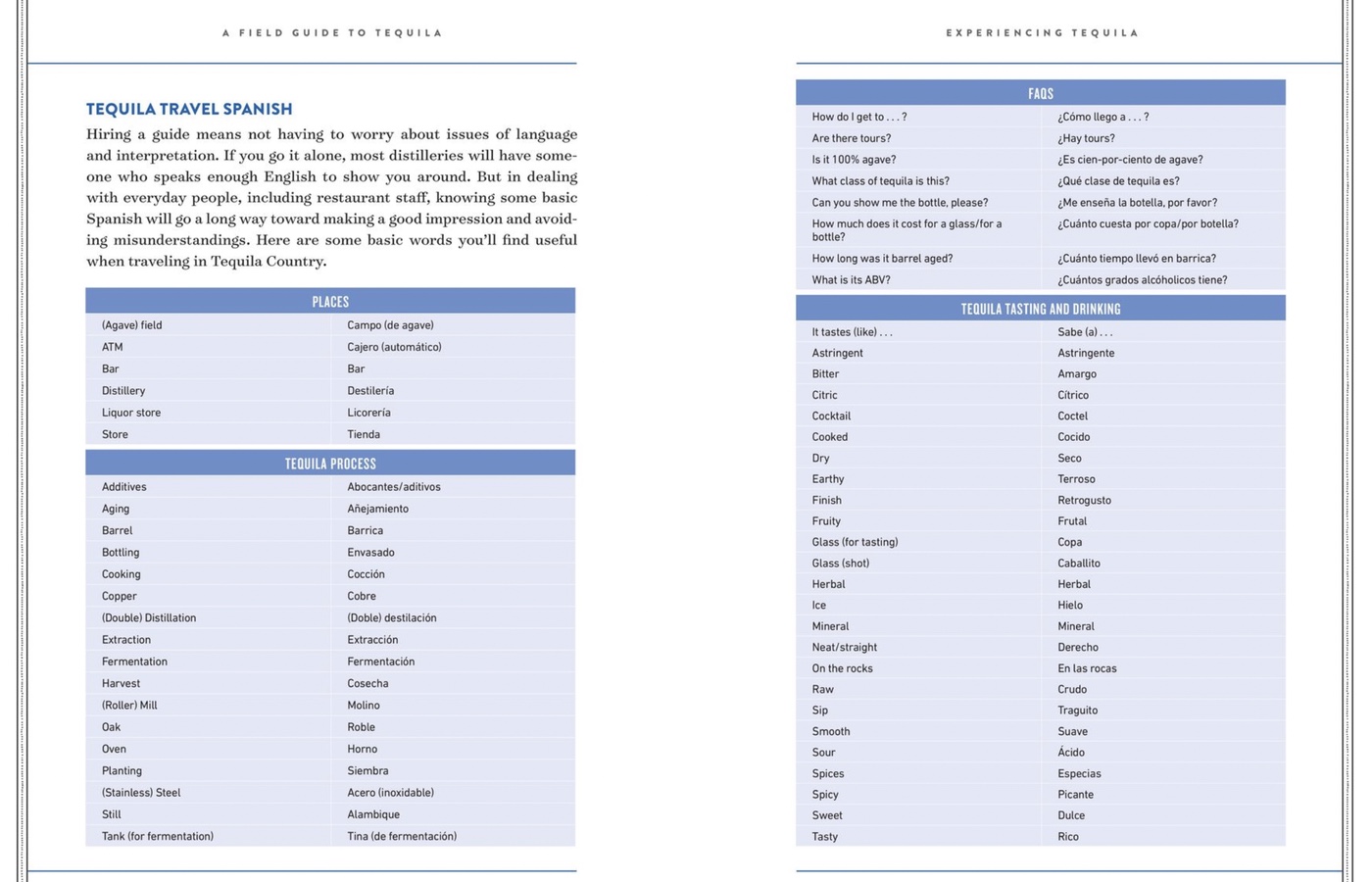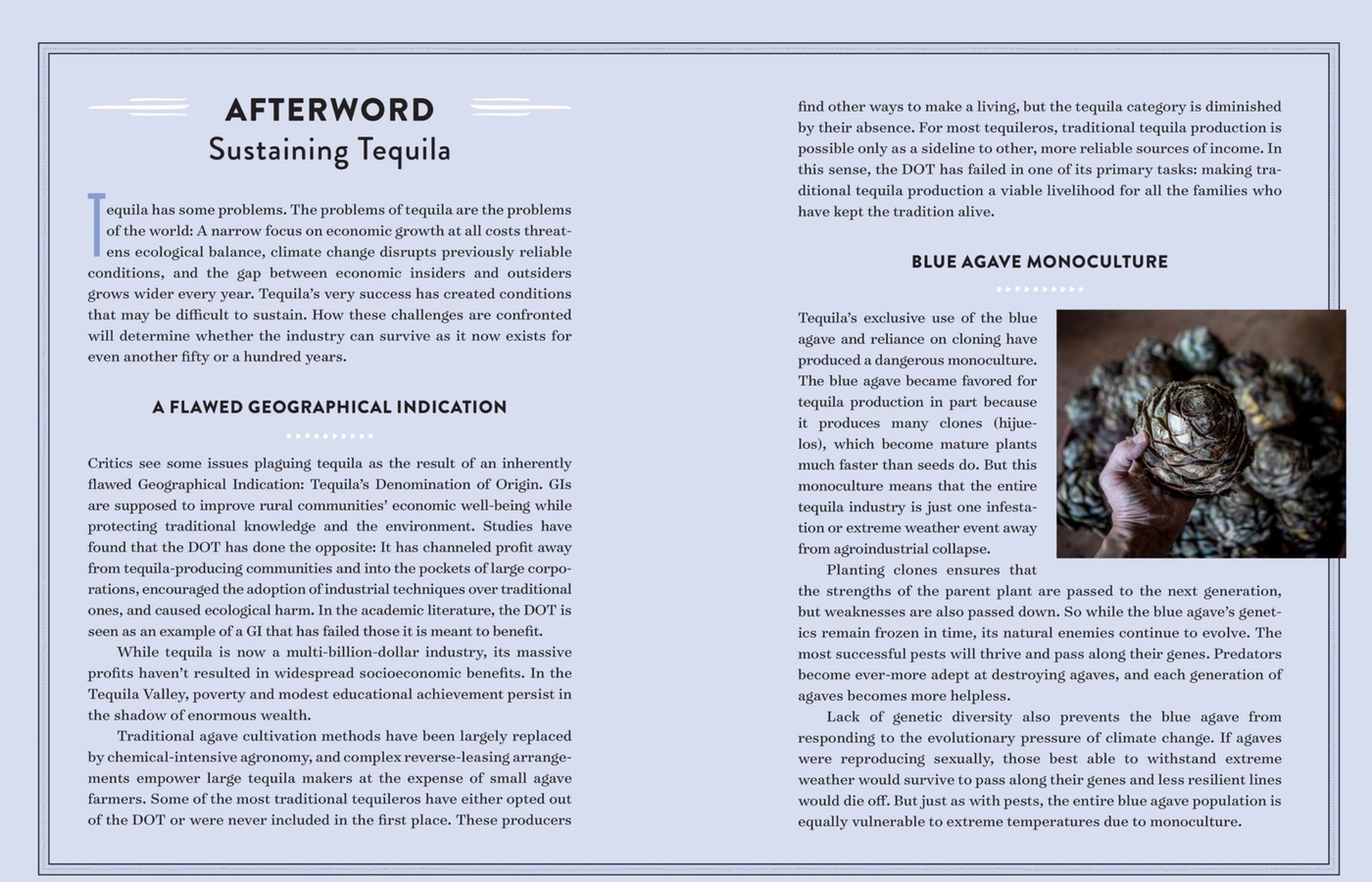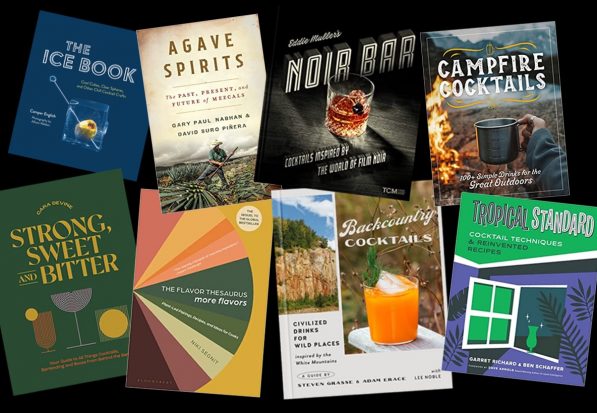It’s hard to believe now, but there was a time when not every bar had a fantastic selection of great tequilas.
In those dark, dark days, Vodka and, to some extent, Bourbon ruled the bar and except for the odd dusty bottle in the corner, hopping on a plane to Mexico (or some US neighbouring states) was probably your best bet for finding anything half decent.
It wasn’t until the mid-to-late 2000s that Tequila even got a definitive look-in with US consumers, and now it’s everywhere you go. Aside from the artisanal versions, the heritage distilleries and the environmentally conscious labels, it’s getting increasingly difficult not to trip over a celebrity with a Tequila brand.
But as much as the liquid may have soaked into the country’s bar mats, some of us may not know the first thing about this south-of-the-border liquid.
You may not know that it’s made from the Blue Agave plant or that the “piña,” or heart, can weigh as much as 200 lbs. You may not know the difference between the three main categories of Tequila: Blanco, Reposado, and Anejo. You may still think there’s a worm in every bottle.
And that’s OK … because no matter how popular the spirit is, it’s never too late to get a handle on the basics. And that’s where Clayton J. Szczech’s new book, A Field Guide to Tequila, comes into play.
Szczech, who has written and taught about Mexican alcoholic beverages since 2006, has taken what can sometimes be a complicated topic and broken it down into four easy-to-digest sections that cover everything from the making to the experiencing and the sustaining of Tequila.
Defining Tequila
Szczech starts us off quickly by going into a little bit of a history of the spirit (so no, no matter what your mate told you, George Clooney may have made a lot of money out of the spirit, but he did not invent Tequila).
Within that history, Szczech gives a timeline of events, outlines the love story between agave and humans, and, importantly, dismisses the myth that pulque was a precursor of tequila, instead choosing to recognise it as a distinctly different tradition.
What about some basic Agave biology? Don’t worry; the Field Guide has you covered. The book thoroughly examines Blue Agave and what makes the perfect plant. This leads us, as all talk of Agave inevitably does, to a conversation about bats.
“In the case of the Agave tequilana, the Mexican Long Haired Bat is the primary pollinator,” Szczech writes. “The bats use their long, nimble tongues to extract nectar from the agave flowers high in the air, and their fur gets covered in pollen in the process.”
But it’s not all plants and flying furry rats. Szczech explores the denomination of origin and the geographical regions, explains how tequila is defined and goes into detail about the CRT (or, as you might hear them referred to … the tequila police.
“The Mexican government authorizes the CRT to oversee all aspects of tequila production, conduct laboratory analysis and certify legitimate tequila in what is called a ‘system of permanent verification'”.
This then easily flows into a discussion on the five categories of tequila, blending aged tequilas, additives and how to read the NOM.
Blue Agave has one of the most dramatic price fluctuations in the world
The chapter finishes by looking at the two ends of the scale – the emerging yet increasingly popular category of Cristalino and then the far more affordable group of Mixtos Tequilas. As Szczech points out, “for decades, most serious tequila aficionados have opposed mixtos on principle. Insisting on 100% agave tequila and encouraging others to do the same became the main badge of tequila knowledge”.
Making Tequila
As you might assume, the Making Tequila chapter starts with production information but quickly moves into agave cultivation, planting, growth and harvesting.
One of the more interesting points of this chapter is the section that Szczech devotes to the Agave Price Roller Coaster. One of the easiest ways to impress your friends with your knowledge of tequila is not by reciting the category distinction (which Szczech covered in the first section) but by engaging in a discussion on commodity prices.
As Szczech points out, “Blue Agave has one of the most dramatic price fluctuations in the world”. He points out that the price has moved by more than 6,000%.
Szczech though, is well aware that no production chapter would be worth its salt without a discussion on steam cooking (stone ovens and autoclaves), roasting in earthen pity ovens and then, of course, the controversy over diffusers.
From there, he talks about extraction, formulation, fermentation and distillation. The basics of pot distillation will allow you to throw expressions such as gooseneck and condenser coils into everyday conversation. And don’t get us started on the possibilities of column stills …
Filtration and bottling end the chapter with the fun fact that using the lot number, “the CRT should be able to trace the origins of the tequila all the way back to the exact field where the blue agave was planted years before”.
Personifying Tequila
No matter what you know about how tequila is produced, you know nothing until you know the players.
Especially with tequila, it’s important to understand the difference between the distilleries and the brands. It’s easy to assume that each brand has its own distillery behind it, but more often than not, distilleries create for a handful of brands. And this is where NOM becomes important.
Szczech gives the example of US whiskey company Brown Forman (NOM 1119) which owners San José del Refufio tequila distillery, commonly known as the Herradura distillery. “They produce seven brands there: Herradura, Antiguo de herradura, El Jimador, Don Eduardo, Hacienda Del Cristero, Pepe López, and Suave 35.” While some of the brands are available in the US, some are only available in Mexico, but they are all made in the same distillery.
With an understanding of how the system works, Szczech then lists some of the most recognisable brands, from Patrón and Fortaleza to G4 and José Cuervo.
There’s also the obligatory info on the celebrity tequilas, where Szczech points out that the practice of celebrity tequilas is older than you might think. “Legendary crooner Bing Crosby became the first US importer of 100% agave tequila when he introduced Herradura to the country in 1955.”
Experiencing Tequila
Of course, the best part of Tequila lies in the tasting, but Szczech wants you to make sure you know what you are doing. As well as providing a handy do’s and don’ts list, he rightly points out a difference between tasting and drinking.”There are plenty of wrong ways to taste tequila, and really only one way to taste tequila properly”. To explain his point, Szczech goes through points such as the visual analysis and the aroma.
Want to hold a tasting? Szczech has tips for that, too – providing tips on everything from the flavour wheel and how to keep track of tasting notes to proper glassware and the correct pour. All of this leads up to the holy grail …. how to choose a tequila.
That segways neatly into the recipes for some tequila cocktails before taking flight with information on travelling to Mexico to experience it firsthand (including a little dictionary of tequila travel Spanish. The book then ends with a glossary and a handy list of resources.
Of course, a book like Field Guide To Tequila points out the basics, so you have a good all-around knowledge of the liquid. So whether you are beginning to the spirit or a long-time connoisseur, it’s easy enough to flick to the sections you want and intriguing enough to make you curious to learn more.
For more information or to buy the book, go to amazon.com (affiliate link)






